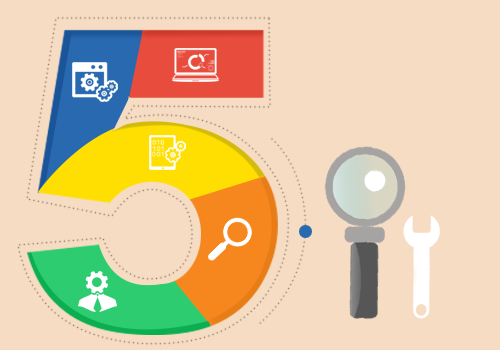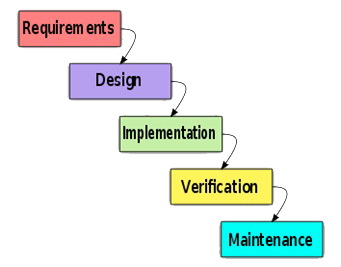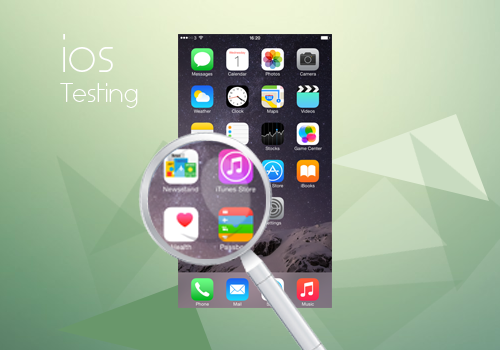The art of software testing wasn’t given much attention in the past because of a lack of followership. The condition of a software tester is even grimmer. Rather than employing those who aim for a software testing job, companies manage with people just settling for it.

Many software testing departments are filled with those who resort to testing only because of their inability to write codes. The growth of this field was also seriously hampered by the misconception about the costs of conducting such tests. Besides hiring and training testers, companies were also worried about scheduling their valuable time for testing.
But the rapid change in technology demanded more from less and hence agile testing started becoming a trend. Gradually the need for testing became important as companies found that they could save more with the implementation of a testing process. To thrive as a great tester, one needs these 5 qualities at their disposal:
1. A Thirst to Seek Improvement
Everyday there is a new technology in the market. A tester must stay updated about these technologies. He should constantly keep improving his skills which will help him gel with the emerging trends in software testing. A tester should be willing to come out of his own comfort zone in order to push the boundaries of his testing knowledge.
Learning about constant growths in a product domain should be part of every tester’s routine. Together with knowing the product, he should also have a good idea about the domain, whether he is a software tester or a game tester. Having no clue about the domain of a test system can lead to improper testing.
2. Programming Skills
A person lacking the skills to write even the basic program code cannot be an effective software tester. Developers and system engineers are greatly benefitted during the testing phase if the tester is able to relate and imagine the code structures.
3. Need for Innovation
Testers must constantly think of how they can do things in different ways and still produce an effective result. Varying the testing scenarios and seeking improved testing methods will surely bring some innovative thoughts. Being a good tester is one thing, but having the capability to innovate can take you a long way.

4. Communicate
Being able to communicate clearly, accurately and demonstrate a high capacity of comprehension are great qualities for a tester. Communication skills can be different, depending on the need of the hour. A tester might be required to read and understand specifications, translate those into structured test cases, report bugs and to write a clear and concise report to management.
A tester must be able to convey their findings during meetings in a logical and unambiguous way so as to make others understand their ideas. This requires the software tester to have exceptional spoken and written skills.
5. Accountability
There are two forms of accountability that a software tester has to deal with.
a) Accountability to the test product
Most testers are content with completing their tasks for the day and put no effort in trying to learn a bit more about the product at hand. They fail to understand where their product fits and how it influences the economy, markets, businesses, consumers and end users. Having such an idea will help testers to put in better effort towards the work that they do. This will help cultivate a sense of ownership which makes him closer to his work.
b) Accountability to Errors or Mistakes
Making errors is part of working in a high stress environment and focus should be given to prevent these from recurring. Testers should own up to their mistakes instead of finding someone else to blame it on.
You need to have the courage to admit these and push forward for a solution. Apart from gaining the respect of co-workers, this will also help maintain a good working condition within the team. Hence, moving away from blame and focusing on the solution is what matters. As the saying goes “To err is only human”.
5 Qualities of an Excellent Software Tester








